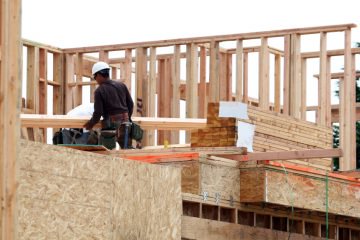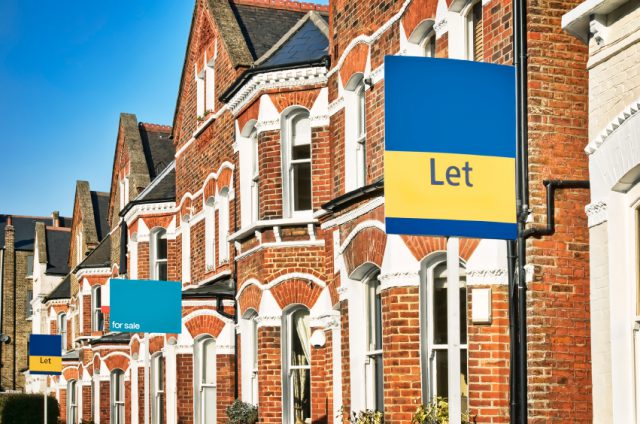Crest Nicholson Contributing to Much-Needed Housing Supply, According to Latest Update
Housebuilder Crest Nicholson is contributing to much-needed housing supply, according to its latest trading update.
The firm has continued to increase housing supply in 2016, with open-market unit completions up by 7%, to 2,292, and overall housing delivery up by 5%.
Open-market selling prices have risen by an average of 20%, to £371,000, in line with Crest Nicholson’s well-established strategy to reposition the business at this level by 2016.

Crest Nicholson Contributing to Much-Needed Housing Supply, According to Latest Update
Underlying sales rates for the year, excluding private rental sector properties, averaged 0.81 sales per outlet per week, down from 0.90 in 2015. This reduction in sales rates in part reflects the firm’s higher average selling price. In addition, sales volumes temporarily dropped during June and July as a result of the EU referendum vote, which caused an increase in the number of cancellations.
By the beginning of August, homebuyer confidence had largely recovered, reports the housebuilder, and sales rates in the last quarter averaged 0.77 – the same level as 2015.
The firm has continued to make selective additions to its short-term land pipeline, while also achieving planning consents on seven strategic sites. A further 20 of its strategic sites are included in allocations or draft allocations and are progressing through the planning process.
Sales in the month of October, excluding the private rental sector, continued at a similar level to the past quarter as a whole, averaging 0.77 sales per outlet per week – up from 0.75 in the same month of 2015. This slight increase in sales has generated a rise in reservations, of 17%, and revenue growth of 57%.
The housebuilder’s forward sales, at £344.5m, are 5% higher than in 2015 (£328.9m), signalling a return in consumer confidence.
Having delivered on its 2013 target to build 2,500 units per year, Crest Nicholson has now set a goal to increase housing supply by 4,000 units and revenue to £1.4 billion by 2019.
Attractive housing market conditions continue to support sales rates and revenue growth, insists the firm. In spite of initial uncertainty following the EU referendum in June, homebuyers are largely returning to the market, as high employment rates, good mortgage access and low interest rates continue to make it a very good time to buy a home.
It adds that sales price and build cost inflation have both moderated over the second half of the year, which will help to maintain affordability and support a stable housing market.
With a strong balance sheet, good land pipeline and a robust business model, Crest Nicholson believes it is well placed to continue on its growth trajectory and contribute to the much-needed housing supply in the UK.
Commenting on the update, the Chief Executive of Crest Nicholson, Stephen Stone, says: “I am pleased to report that we are increasing the number of homes built, opening new sites and ensuring that the pipeline of land that fuels our business is progressing steadily through planning.
“There has never been a better time for housebuilding, and Crest Nicholson remains well positioned to grow volumes and deliver the homes that the UK needs.”
The update follows the latest report from Taylor Wimpey, which states that the housing market will remain strong.







